Coffee flavor differences between Rwanda and Tanzania coffee beans in Africa
When it comes to coffee producing areas in Africa, I believe the first thing you can think of is Ethiopia and Kenya. In fact, in Africa, there are two countries with less famous names that grow good coffee-Rwanda and Tanzania. This time, Qianjie will compare the coffee beans of the two countries to see why Qianjie chose the coffee beans of these two countries.
Rwanda
Rwanda, located in the central African region, is a standard landlocked country, and its neighboring countries are all big coffee producers. At the beginning of the 20th century, Rwanda was successively colonized by Germany and Belgium, and German missionaries were the first to introduce coffee. Coffee production increased significantly during the colonial period, but the exploitation of labor, suppression of the prices of coffee crops and high export taxes made the quality of coffee beans not ideal, which was also a normal phenomenon in the development of commercial coffee at that time. Qianjie Coffee was also found in Brazil, which also experienced colonial rule, and the coffee beans once produced were heavy in quantity rather than quality, resulting in a reputation for poor coffee quality for some time.
It was not until the independence of Rwanda and the establishment of the first official coffee organization, OCIR, that coffee bean production was gradually valued. Coffee production in Rwanda continued to grow from the 1960s to 1980s and reached an unprecedented peak in 1986, until the beginning of domestic political instability (the Rwandan genocide) in the early 1990s. Now Rwanda has slowly come back to life and stability was restored after 1995 thanks to the vigorous construction of the Rwandan Government and the support of foreign non-governmental organizations and private groups. However, affected by the COVID-19 epidemic this year, coffee sales in Rwanda have undoubtedly been greatly affected. in order to help Rwandan coffee farmers tide over the difficulties, Weiya, the first sister of Alibaba Live, recommended Rwandan coffee beans on May 14. sold a year of sales in a second.
Qianjie Coffee has also collected several batches of Rwandan coffee beans from different producing areas some time ago. First, the coffee industry in Rwanda has developed rapidly, and the quality of coffee has been guaranteed. Second, Rwanda has gradually formed an obvious flavor in the producing areas, which is different from Ethiopia and Kenya. Rwandan coffee is a world-class enjoyment. Rwandan coffee tastes more balanced than Kenyan coffee. Generally speaking, Rwandan coffee has the sweetness of fruit, the fragrance of flowers and a black tea finish.
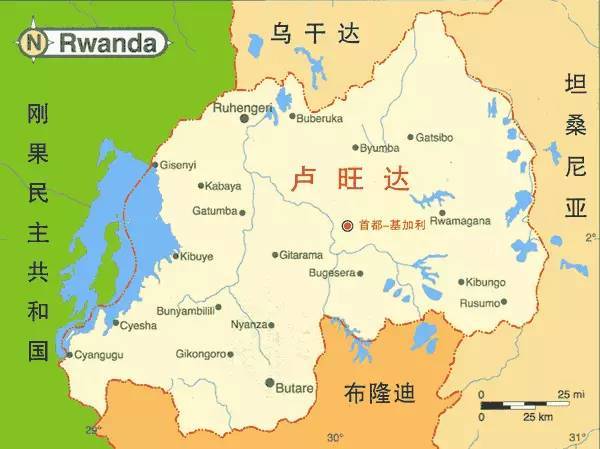
Tanzania
Tanzania is a typical East African country, bordering Kenya and Uganda to the north, Malawi, Mozambique and Zambia to the south, and Rwanda and Burundi to the west. When it comes to Tanzanian coffee, the first thing that comes to mind for many coffee people is Kilimanjaro. Yes, this is a unique "Kilimanjaro flavor", it has a mellow texture, suitable acidity and strong aroma, has the laudatory name of "coffee gentleman". Qianjie coffee compares Tanzanian coffee with his neighbor Kenya. Compared with Kenyan high-quality coffee beans, Tanzanian coffee has less bright acidity, softer beauty and more sweetness. The strong smell of red wine is also a characteristic of Tanzania.
Mount Mt Kilimanjaro, Africa's highest peak, stands in northeastern Tanzania, known as Trusteeship after World War I. it was once under British colonial rule and became independent in 1964. Bourbon strain coffee was first introduced and planted in 1893, raw beans were mainly treated with water washing, and high-quality high-altitude Tanzanian coffee was of good quality, just like Kenya has active and bright acid performance. Located in Central / East Africa, Tanzania is usually washed with coffee, bright (acidic), and quite delicious. Kenya is certainly the main coffee in East Africa, but Tanzania is actively following suit and producing a lot of good coffee of the same quality as Kenya. The uniqueness of Tanzanian coffee is a combination of three different plantations in northern Tanzania. One of the plantations is located in the mountains of Mount Kilimanjaro, the highest peak in Africa and the largest independent foothills on earth. This coffee grows between 1150 and 1500 meters above sea level.
Treatment of raw coffee beans
In 2000, in Rwanda, which had just experienced internal chaos, the United States Agency for International Development (USAID) funded two major coffee development programs, PEARL and SPREAD, aimed at supporting the reconstruction of Rwanda. Since the implementation of the plan 46 coffee washing plants have been built in Rwanda allowing Rwanda's economy to grow significantly under the strong export of coffee beans. Rwanda coffee beans are mainly treated by water washing. Hand-select ripe coffee fruit, remove the peel and pulp, wash and ferment for 12-18 hours, wash the pectin, and finally dry to less than 14% moisture content. Qianjie Coffee believes that at the beginning of the development of Rwandan coffee beans, it was determined that washing as the main treatment method is the choice to clearly highlight the flavor of coffee. Because washing is the treatment method that can best reflect the essential flavor of coffee, Qianjie coffee will first recommend washed coffee beans to guests when recommending a coffee producing area, so that we can clearly understand the flavor characteristics of the producing area.
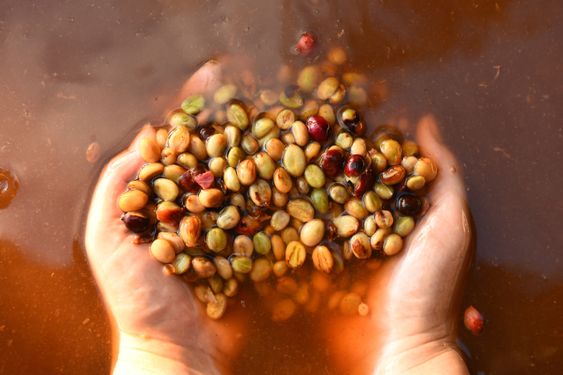
The Tanzanian Kilimanjaro coffee from Qianjie Coffee is a bourbon species. The bourbon coffee fruit is short and round, and the density of flesh and seeds is very high. Bourbon coffee usually has high sweetness and bright acidity. The yield of this coffee is 20-30% higher than that of iron pickup, but it is still regarded as a low-yield bean seed and is also vulnerable to rust leaf disease. Water washing is used to improve the acidity and cleanliness of coffee.
Qianjie baking suggestion
In order to highlight the flavor, Qianjie Coffee is recommended for medium and light roasting because of the fresh acidity of Rwandan coffee beans. The deeper the baking, the more acidity of the fruit will be lost.
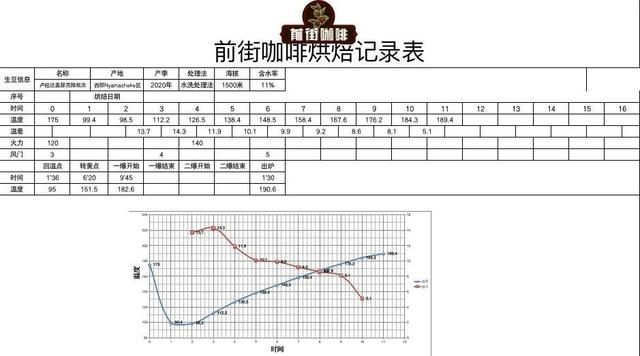
Tanzanian coffee beans have soft acidity and honey sweetness. In order to highlight the characteristic flavor of the producing area, Qianjie recommends shallow roasting of this Tanzanian coffee bean.
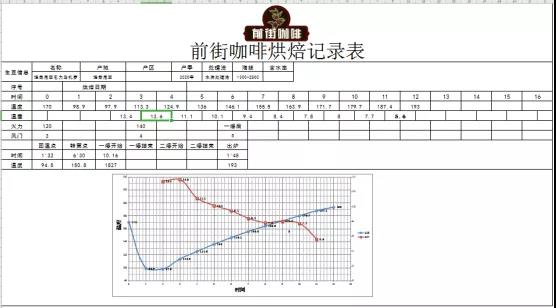
Qianjie Cup test report
When the Qianjie coffee cup tested this Rwanda washed coffee bean, the dry aroma showed obvious floral and berry aromas, while the wet aroma had honey sweet and nutty aromas, and the overall flavor showed bright acidity, citrus, berries, nuts and caramel finish.
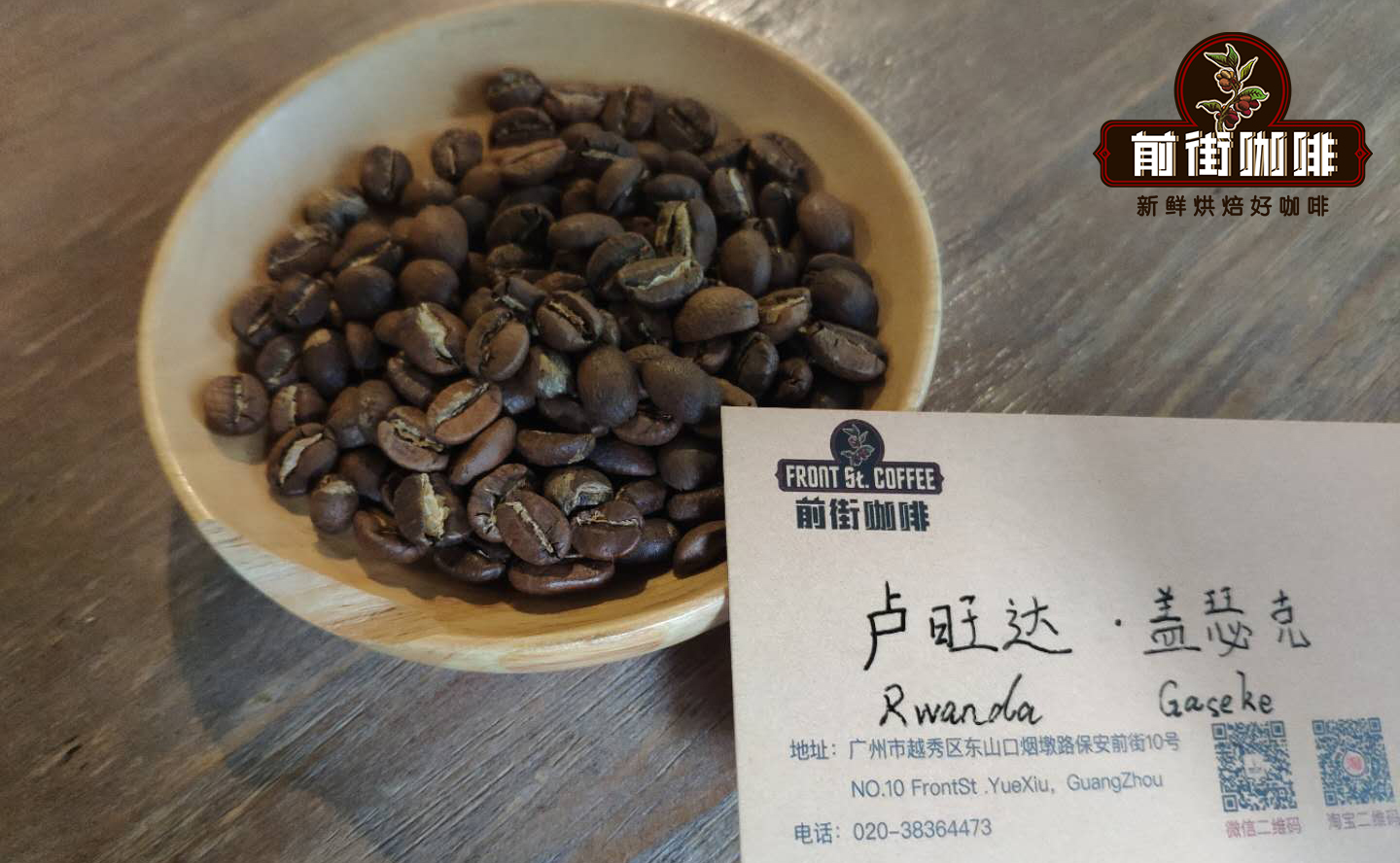
When the Qianjie coffee cup tested this Tanzanian washed coffee bean, it showed the aroma of berries and fermentation in the dry aroma, the aroma of berries and flowers in the wet fragrance, and the overall flavor of citrus, nuts, fermentation and honey.
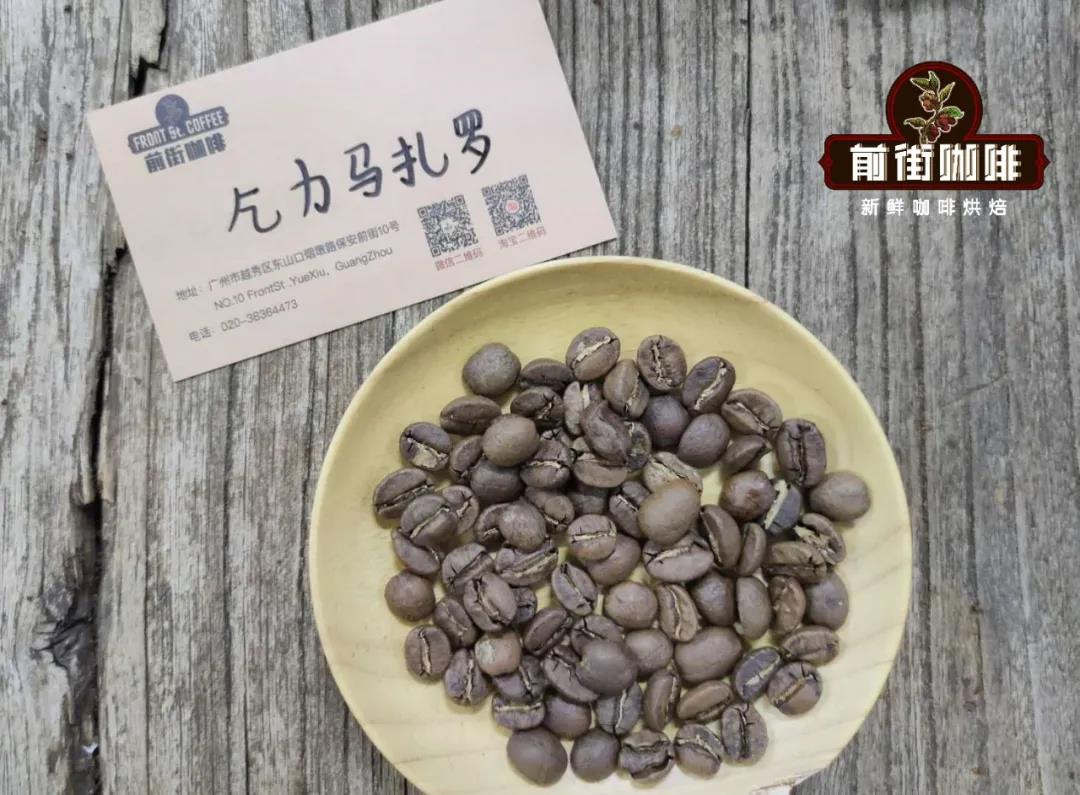
Temperature of boiling water
For coffee beans with different roasting degrees, the water temperature will also be adjusted. The recommended temperature for brewing coffee in front of the street is between 86 and 93 ℃. Deep-baked beans in Qianjie suggest a lower water temperature, between 86-88 ℃. Because deep-baked beans are loose, high water absorption efficiency and easy to extract, if the water temperature is too high, it is easy to produce bitter and scorched taste. The suggestion of cooking shallow baked beans is 90-93 ℃. The aroma and acid (flower and fruit acid) of shallow baked beans can be extracted with higher water temperature, because the quality of shallow baked beans is hard, increasing water temperature can increase the extraction efficiency of coffee powder and avoid unpleasant flavors such as acidity. Medium baking can choose 88-90 ℃. This time Qianjie brewed coffee from Rwanda to Tanzania at a temperature of 90-91 degrees.
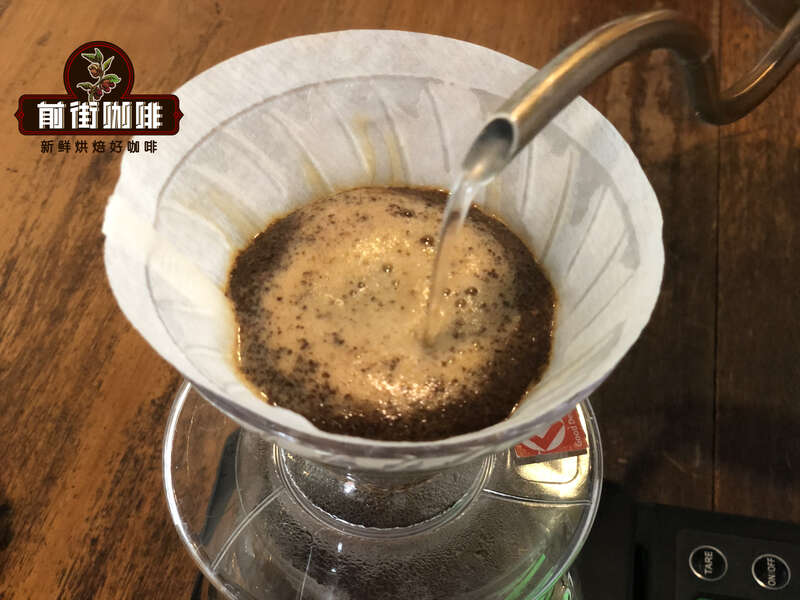
Qianjie coffee brewing parameters
Filter cup: HARIO V60
Water temperature: 90ml, 91 degrees.
Degree of grinding: BG#6m (size of fine sugar)
Ratio of powder to water: 1:15
Qianjie cooking technique: the first section is filled with 30 grams of water for 30 seconds, followed by 95 grams (the electronic scale shows that about 125 grams), and the injection is completed in about 1 minute. When the water level drops to the powder layer 2 gram 3, inject the remaining 100 grams (about 225 grams shown by the electronic scale), about 1 minute and 40 seconds. 1: 55 "~ 2: 00" titration is completed, remove the filter cup, and complete the extraction.
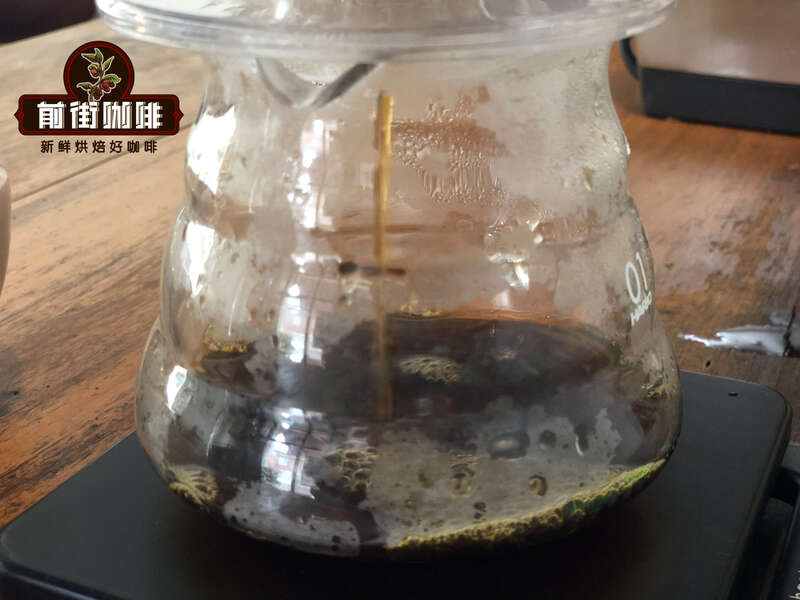
[Rwanda Gasek] cooking flavor: floral and berry aromas, with distinct citrus, berry and plum aromas on the palate, nutty in the middle and caramel sweetness in the finish.
[Kilimanjaro, Tanzania] steaming flavor: aromas of berries, soft acidity of imported citrus, middle nuts, honey finish.
Important Notice :
前街咖啡 FrontStreet Coffee has moved to new addredd:
FrontStreet Coffee Address: 315,Donghua East Road,GuangZhou
Tel:020 38364473
- Prev
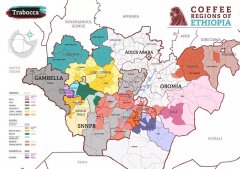
How Kenyan Coffee and Ethiopian Coffee brew Fruit-sour African Coffee beans
For African coffee, needless to say in front of the street, people blurted out Ethiopia and Kenya, after all, these two countries are the backbone, leader and second leader of African coffee. Coffee beans grown in the two countries, bright acidity, clean and refreshing taste have become popular in the boutique coffee industry. Let's talk about Kenyan coffee in front of the street this time.
- Next
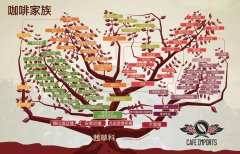
Coffee bean varieties Daquan ancient coffee varieties iron pickup and bourbon derived coffee varieties
With the development of boutique coffee industry, more and more varieties of coffee have been developed. Many coffee varieties are inseparable from the two oldest coffee varieties, bourbon and iron pickup. This time Qianjie will talk about the famous varieties bred by bourbon and tin pickup, and see what advantages and flavors each variety has. Typica Tibica Typica is Elaraby
Related
- Beginners will see the "Coffee pull flower" guide!
- What is the difference between ice blog purified milk and ordinary milk coffee?
- Why is the Philippines the largest producer of crops in Liberia?
- For coffee extraction, should the fine powder be retained?
- How does extracted espresso fill pressed powder? How much strength does it take to press the powder?
- How to make jasmine cold extract coffee? Is the jasmine + latte good?
- Will this little toy really make the coffee taste better? How does Lily Drip affect coffee extraction?
- Will the action of slapping the filter cup also affect coffee extraction?
- What's the difference between powder-to-water ratio and powder-to-liquid ratio?
- What is the Ethiopian local species? What does it have to do with Heirloom native species?

